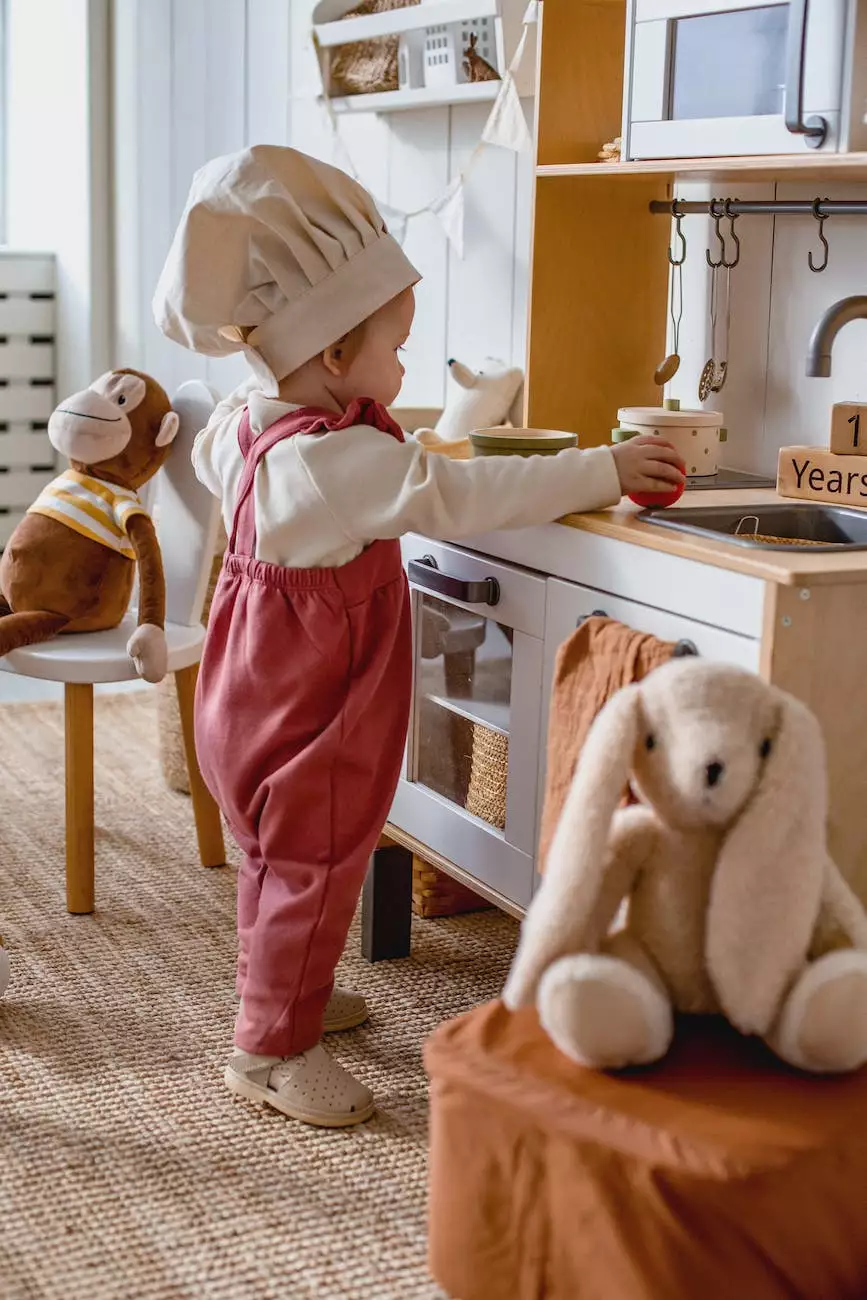How to Color Coordinate Your Home - Polar Shade
Blog
Introduction
Welcome to Fineserve Blind Repair's comprehensive guide on how to color coordinate your home. In this article, we will provide you with expert tips and advice on choosing the perfect color scheme for your living space. Whether you're redecorating or starting from scratch, creating a harmonious and visually appealing environment can greatly enhance your home's aesthetics.
The Importance of Color Coordination
Color coordination plays a crucial role in interior design. It not only sets the mood and atmosphere of a room but also reflects your personal style and taste. A well-chosen color scheme can make a space feel cohesive, inviting, and visually stunning. On the other hand, poor color coordination can create a sense of chaos and disrupt the overall harmony of a room.
Understanding Color Theory
Before diving into the practical aspects of color coordination, let's take a moment to explore the basics of color theory. Color theory is a fundamental concept in the field of art and design. It involves understanding the color wheel, color schemes, and the psychological impact of different colors.
The Color Wheel
The color wheel is a visual representation of the relationships between different hues. It consists of primary colors (red, blue, and yellow), secondary colors (orange, green, and purple), and tertiary colors (created by mixing primary and secondary colors). By familiarizing yourself with the color wheel, you can better understand how colors can complement or contrast with one another.
Color Schemes
Color schemes are pre-determined combinations of colors that work well together. Some popular color schemes include complementary (colors opposite each other on the color wheel), analogous (colors next to each other on the color wheel), and monochromatic (variations of a single color). Each color scheme has its own unique effect and can be used to achieve different design goals.
Choosing the Right Color Scheme
When it comes to color coordination, there are several factors to consider. The size of the room, the amount of natural light, the existing furniture and decor, and your personal preferences all play a role in selecting the right color scheme for your home.
Consider the Mood
Think about the mood you want to create in each room. Do you want a calming and serene atmosphere in the bedroom? Or a vibrant and energetic feel in the living room? Different colors evoke different emotions, so it's important to choose hues that align with the desired mood.
Assess the Lighting
Lighting can significantly alter the appearance of colors. Natural light brings out the true hue of a color, while artificial light can cast different tones. Consider the direction and intensity of light in each room when selecting your color scheme. If a room receives limited natural light, lighter shades may help brighten the space.
Coordinate with Existing Elements
Take into account the furniture, flooring, and other existing elements in your home. Consider their color and style when selecting your color scheme. You want to create a cohesive look where everything flows harmoniously. If you have a specific piece of furniture or artwork you love, use it as a starting point for your color palette.
Experiment with Samples
Before committing to a color scheme, it's always a good idea to test out samples. Paint small swatches on the walls or purchase fabric samples to see how the colors look in different lighting conditions. This will give you a better sense of how the colors interact and whether they create the desired effect.
Tips for Color Coordination in Each Room
Living Room
In the living room, consider creating a warm and inviting atmosphere. Neutrals such as beige, tan, or gray can serve as a versatile base, allowing you to easily incorporate pops of color through accent pieces or artwork. Experiment with different color schemes and textures to add depth and visual interest to the space.
Bedroom
For the bedroom, aim for a serene and relaxing ambiance. Shades of blue, green, and lavender are known to promote calmness and tranquility. Avoid using bright and bold colors that may disrupt sleep. Opt for soft, soothing hues that help create a peaceful retreat.
Kitchen
In the kitchen, strike a balance between functionality and aesthetics. Bright and vibrant colors can energize the space and stimulate appetite. Consider using warm shades such as red, orange, or yellow in moderation. You can also incorporate neutral tones to create a more timeless and elegant look.
Bathroom
In the bathroom, cleanliness and freshness are key. Light, cool colors such as shades of blue or green can create a spa-like atmosphere. White is also a popular choice for bathrooms as it gives a sense of cleanliness and purity. Combine these colors with natural materials like wood or stone for a harmonious and soothing feel.
Conclusion
Color coordination plays a vital role in enhancing the overall aesthetics and ambiance of your home. By understanding color theory, considering various factors, and following our expert tips, you can create a harmonious and visually stunning living space. Fineserve Blind Repair is here to assist you in your color coordination journey. Contact us today for personalized advice and high-quality blinds that perfectly complement your chosen color scheme.
About Fineserve Blind Repair
Fineserve Blind Repair is a leading name in the home and garden industry, specializing in interior design and blind repair services. With years of experience and a team of skilled professionals, we strive to provide our customers with top-notch solutions. From color coordination to blind installation, we cover every aspect of creating a beautiful and functional living space. Trust Fineserve to transform your home into a true masterpiece.




